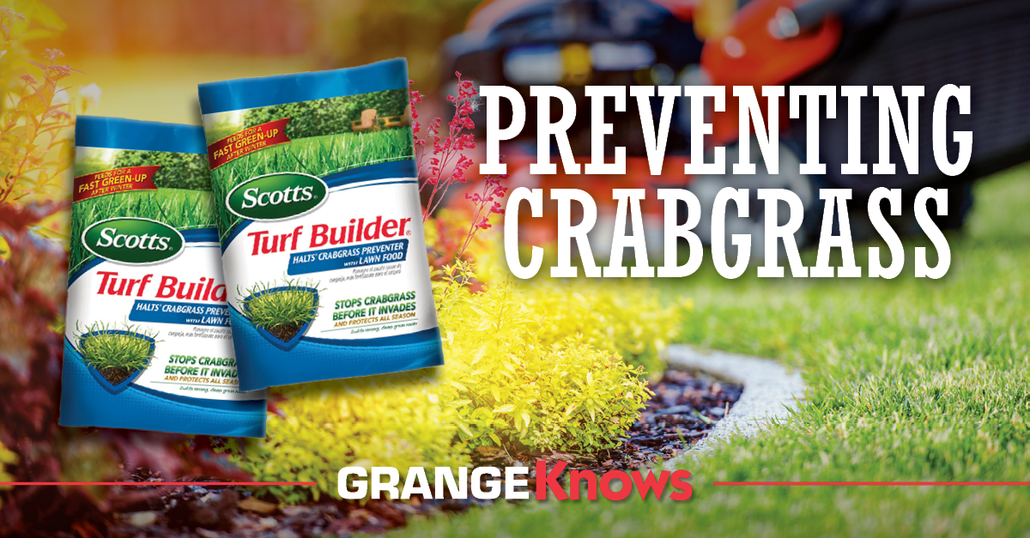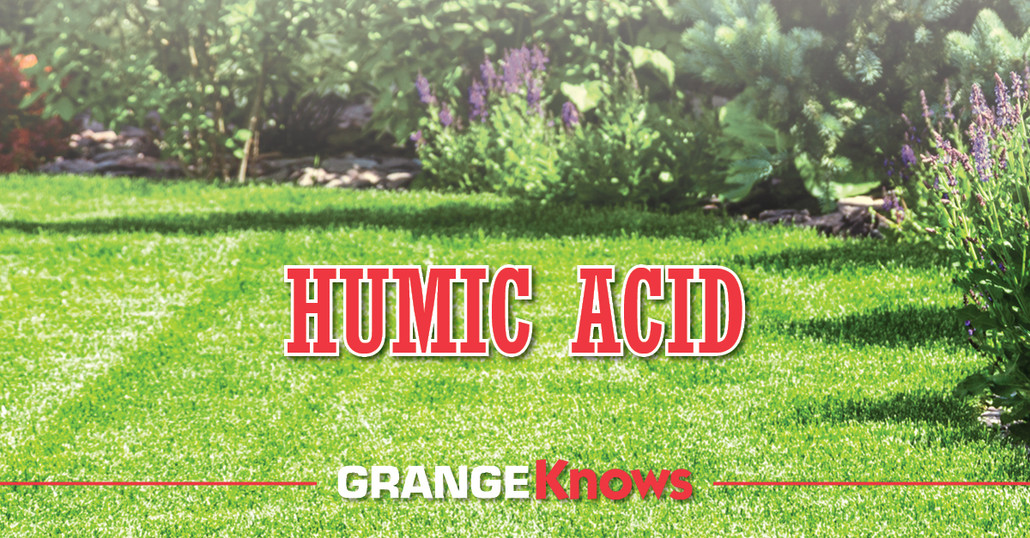Posted by Grange Co-op on 22nd Mar 2022
The most cost-efficient method to start a new lawn is by planting new grass seeds yourself. The whole process may seem complicated, but it's actually quite simple. All you need is to be willing to put in a moderate amount of effort, and you'll be rewarded with a gorgeous new lawn! We'll walk you through the process of seeding your lawn and maintaining it through its first growing season to ensure you get the results you want.… Read more
Posted by Grange Co-op on 29th Dec 2021
Crabgrass is one of the most invasive, damaging weeds in the Pacific Northwest. Plaguing even the healthiest lawns, crabgrass gets its name because it grows low to the ground with stems that radiate out from the center grass clump, resembling crab legs. If left unattended, crabgrass can quickly take over a lawn, growing stronger and resultingly more difficult to kill. Preventing Crabgrass
Pesky crabgrass spreads quickly during warm summ… Read more
Posted by Grange Co-op on 18th Jul 2019
Struggling to earn your green thumb? Or maybe all you wish for is
GREEN lawn! This GrangeKnows article will provide recommendations for
maintaining a lush lawn. We will highlight one specific trick to growing
healthy grass—soil activator humates. Used to help decompose thatch and green
up grass, humic substances are an important element to healthy, fertile soil.
WHAT ARE HUMATES?
Humates hold nutrients in a usable form and release… Read more
Posted by Grange Co-op on 18th Mar 2019
Despite its plush, fuzzy green exterior, moss can be destructive, often spreading through lawns, eventually choking out grass. When turf grasses are weak, such as near the end of winter when grass is depleted of its nutrients, moss thrives. Moss can overtake weak turf with the ability to weather low temperatures and thrive in shady, wet areas. Moss control is attainable and easily maintained. This GrangeKnows article discusses how to halt moss… Read more



